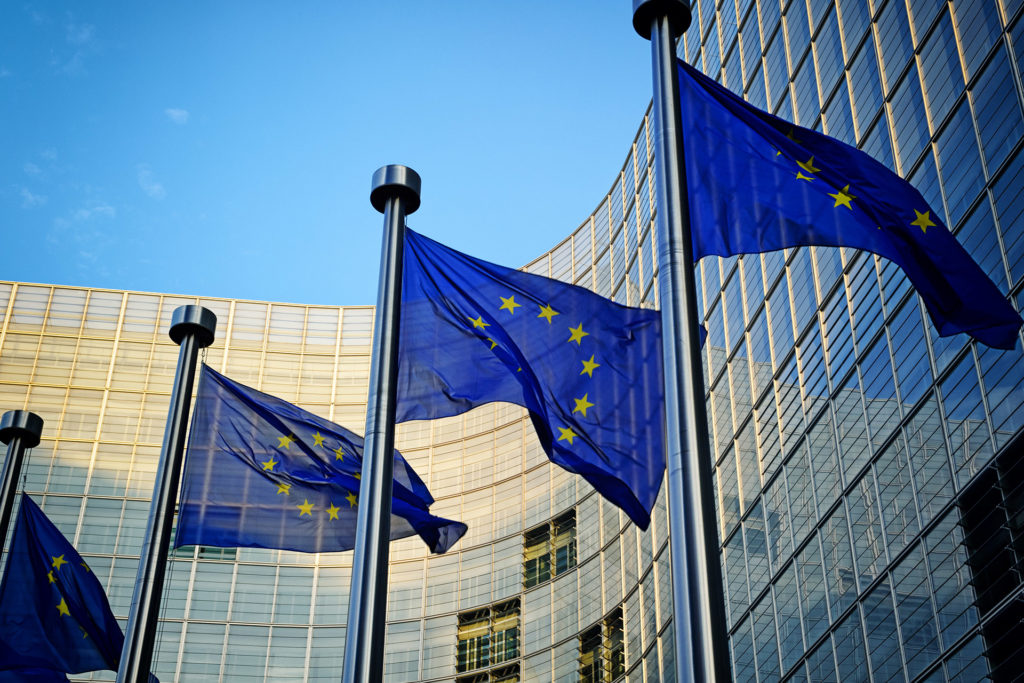Traceability is non-negotiable
NIS2 recognizes that incidents are inevitable. While it does not eliminate all incidents, its risk management measures and incident-reporting obligations effectively require organizations to be able to explain, in detail, what happened and to learn from it. Poor traceability can have serious legal and operational consequences.
Organizations should have robust logging and monitoring in place to reconstruct events and demonstrate accountability. In some cases—especially where national security regulations or sectoral laws apply—relevant data may need to be retained for a decade or more. In addition, in-scope entities are expected to comply with national incident reporting rules, typically with an early warning within 24 hours, a more detailed notification within 72 hours, and a final report within one month to the designated competent authority (thresholds and process are set nationally).
Risk-based, proportional security
There has been debate around NIS2’s lack of prescriptive security controls. But that is also its strength: organizations are expected to understand their own risks and address them proportionally. This means allocating resources where they matter most, rather than applying blanket solutions everywhere.
While the directive sets high-level objectives, it does not prevent Member States—and especially their competent authorities—from introducing more detailed requirements during national transposition and enforcement. This layered approach allows for both EU-wide consistency and national specificity.
Importantly, NIS2 targets “essential” and “important” entities across a broad set of sectors, such as energy, transport, banking, health, digital infrastructure, and public administration. By default, NIS2 applies to medium‑sized and large organizations in listed sectors, with smaller entities included where justified (e.g., if designated due to criticality or sole‑provider status). Supervision is stricter for essential entities than for important entities, and the sanctioning framework allows significant fines. With regard to essential entities, this could mean fines up to €10 million or 2% of global turnover, whichever is higher, and up to €7 million or 1.4%, whichever is higher, for important.


